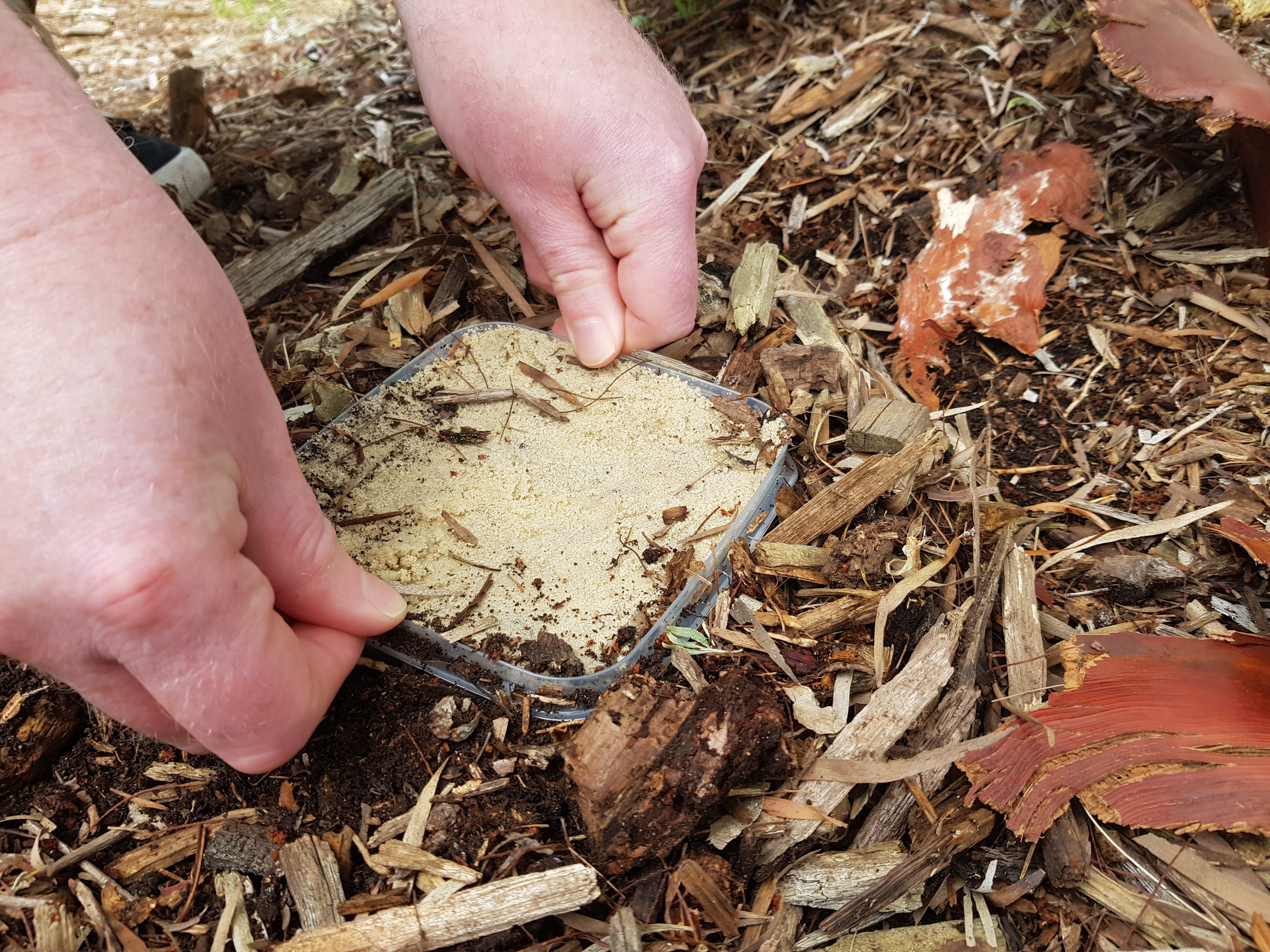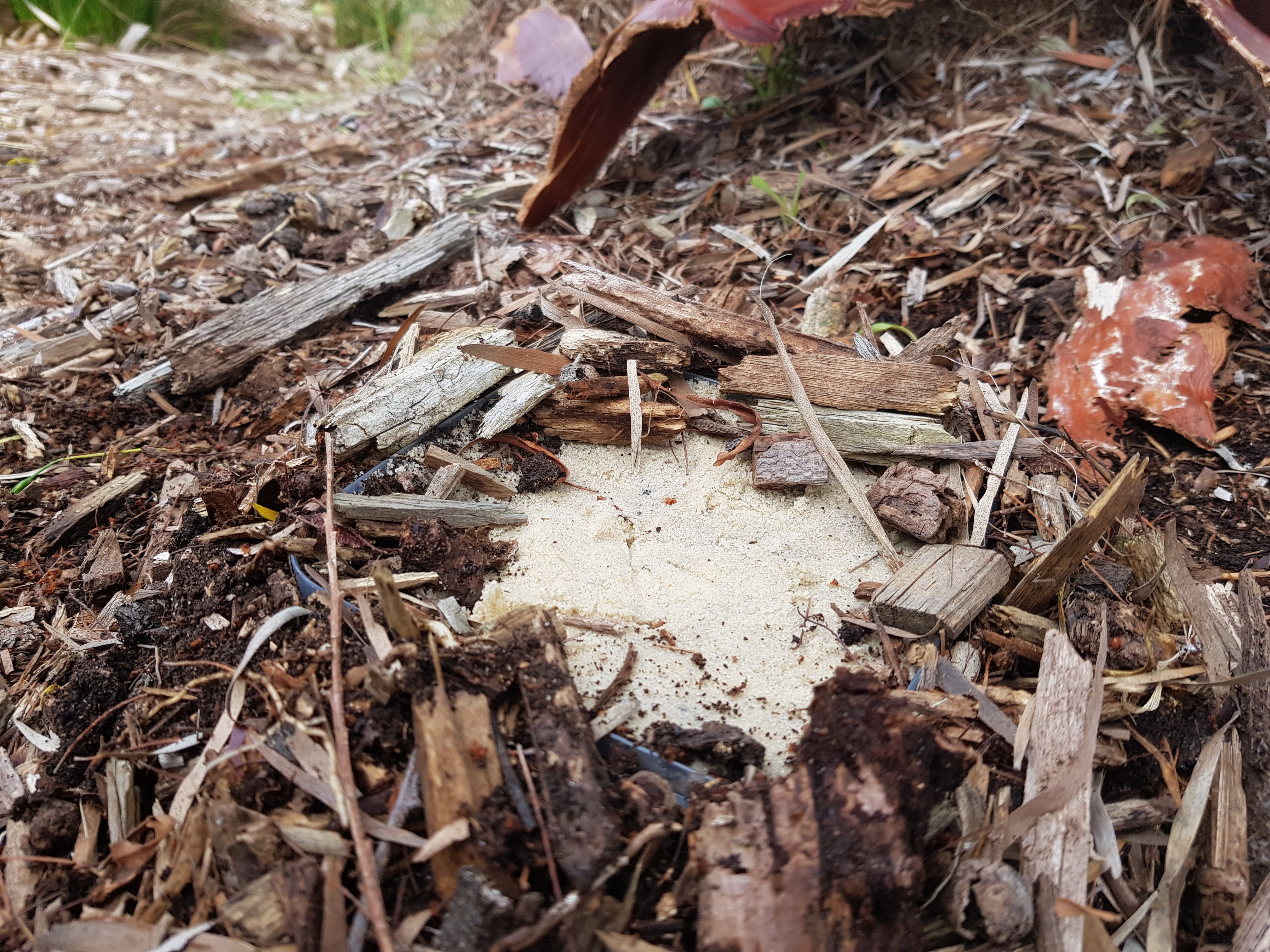Did you know many Australian mammals are nocturnal or crepuscular, meaning they are active primarily during twilight? How can you know, then, what beautiful beasties - and we aren’t talking about your neighbours Labrador - are frequenting your local natural spaces or even your backyard? Learning how to read animal tracks allows you to pick up on the little dramas performed by local wildlife, usually going unnoticed by the human eye. It is a skill to deepen your understanding of and connection to the natural world around you.
“Time in nature is not leisure time; it’s an essential investment in our children’s health and also, by the way, in our own.” Richard Louv.
CONNECTING TO NATURE
Fostering a connection to your local natural space increases health, wellbeing and pro-environmental feelings. Effects of regular nature exposure in young people suggest the natural environment is conducive to exploration, fantasy play and lowering stress levels. These benefits all assist in developing creative behaviour and creativity, complex problem-solving and critical thinking are all needed for the future workplace. Consequently, nature playing and learning could also be vital in addressing future skills gaps.
Sylvotherapy – commonly known as forest bathing – is based on the Japanese practice of Shinrin-Yoku; This practice has been found to have positive effects on stress, anxiety and depression, an increase in memory and mood, as well as positive physiological effects.
With all the wonderful benefits connecting to nature offers, do you wish you could do more of it? We've got some great suggestions for you.
DEEPENING YOUR CONNECTION
Studying prints left by animals is an ancient activity, first practised by those who depended on hunting and gathering for survival. Animal tracking involves unravelling a story - the story of what has been and what is to come. Therefore, it is an excellent activity for the whole family to get involved in. And, with practice, it could help you understand the interconnection of ecosystems all around you.
Many young people don’t realise just how many animals visit their backyards, local parks or school grounds during the day or night. Teaching them to identify animal tracks is an excellent way to connect and understand the natural world surrounding them and the secrets it doesn’t always display. You don’t have to be in the jungle or deep forest to be an animal tracker. Animal tracks are often as close as your backyard or garden.
Tracking is something best learnt by doing. And you know we love that!
-5803-1.jpg?width=3500&name=OEG%20Week%203%20(Eildon-Jungai)-5803-1.jpg)
WHERE TO LOOK
To find natural spaces in your local area, here are some ideas:
- Your first stop should be your backyard, if you have one; it is home to many animals and insect life
- Look for green areas on Google Maps and zoom in to see them labelled as parks, reserves and gardens.
- Search the internet for green spaces in your suburb or area; this could include community groups or the
- local council webpages.
- Go for a walk and explore!
Urban natural areas are often designed to be accessible to all. However, if you have specific access requirements, information can often be found from local councils or web pages providing information on amenities and the types of track surfaces in each park.
HOW TO LOOK
Australian animals are either nocturnal or crepuscular, so apart from the cockatoos, rosellas, and honeyeaters we can see during the day, how do we find them?
Daylight hours are the best time for planning. Look for large scale signs – also known as sign tracking, like travel routes and dens. Explore your local area for less popular sections with more tree and ground cover, a wide variety of vegetation and preferably have soft trail surfaces; this is called landscape tracking - identifying islands within a landscape where animals will frequent. Areas of soft ground, sand or mud are ideal.
Once you have identified several islands, search each for medium scale signs such as rubbed or polished trees and posts, hair or feathers on the ground, scratch marks or scats. Although the above article focuses on tracking wild North American species, the same techniques can be used to find signs of the local brush-tailed possum or white skink, amongst others.
Plan to visit your island again in the late afternoon in order to prepare. To recover the best tracks, smooth areas of sand or soft ground a little and take snapshots for reference later. If there is no suitable island, or your island is unsuccessful, refer to the Make a Trap section below.
Finally, kick back and relax for the evening and get an early night because you’ll want to wake up early tomorrow! Aim to arrive at your spot in the grey pre-dawn or early morning light. Human and canine visitors can interfere with tracks and scats and make it more difficult to read.
Look for small scale signs, like, indentations, scratches, and medium-scale signs such as fresh scats. Be careful as you approach not to disturb any of them and go slowly. It’s now time to discover which animals are responsible for the tracks and scats you have found.
MAKE A TRACK TRAP
If a suitably soft surface can’t be found or your chosen spot isn’t quite working out, don’t worry – you can make an animal track trap; this won’t cause distress or harm to an animal but will hopefully help them leave a print for you to analyse.

To make a track trap, you will need:
- Baking tray
- Sand
- Water
- A trowel or large spoon
- A small bowl
Next, follow these steps:
- Scoop sand into the baking tray.
- Make it damp/moist.
- Smooth it out.
- Place it in the intended spot.
- Place a small bowl of water with some fresh eucalypt leaves on top to encourage animals to step on it.
- Leave it overnight and in the morning, look to see if any animals have travelled across your baking tray.

CITIZEN SCIENCE
Scientific tracking has evolved to include radio tagging, GPS tracking, genetic markers, and nanotechnology! Tracking animals helps us understand ecosystems, populations trends of certain species, migration patterns, and other important information. These scientists still rely on citizen science data too. You can record your findings through the Inaturalist app to show others what you have found and contribute to an important scientific data pool. Or maybe you simply want to be the next Aussie featured on a David Attenborough documentary!
The Outdoor Education Group believe all young people deserve to be equipped with the skills they need to make a positive impact in society. We use the natural world to enrich student learning and strengthen essential capabilities such as leadership, resilience, self-belief, communication, social cohesion, and critical and creative thinking
We provide unique experiences in Australia’s most diverse and beautiful environments; from on-site incursions, site-based camps, extended journeys to 30-day expeditions, we bring education to life in the outdoors.

-903.jpeg)
-5803-1.jpg?width=3500&name=OEG%20Week%203%20(Eildon-Jungai)-5803-1.jpg)


